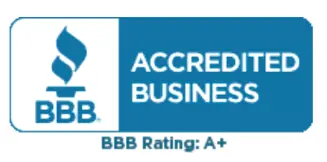Change Location
Set Price Drop Alert for:
MUCUS RELIEF DM COUGH
- QTY 120
- 400MG-20MG
- Tablet
More Ways to Save On:
MUCUS RELIEF DM COUGH
- QTY 120
- 400MG-20MG
- Tablet
You may find alternative ways to save with this medication. Talk to your pharmacist about the potential option(s) noted below.
- Pill Splitting
Medicine Chest
MUCUS RELIEF DM COUGH Lifestyle Interactions
-
Ranolazine 500mg, Oral tablet, extended release
• Interaction: Grapefruit juice• Severity: Major• Notes for Consumers: Avoid taking Ranolazine with grapefruit juice. Grapefruit juice and grapefruit-containing foods may increase the risk of serious side effects from Ranolazine. A change in the dose of Ranolazine may be necessary if Ranolazine and grapefuit juice are used together. Contact your prescriber immediately if you experience chest pain, dizziness, fainting or falling spells, palpitations, or changes in your usual heart rate (fast, slow, or irregular heart beats) while taking Ranolazine.• Notes for Professionals: The dose of ranolazine, a CYP3A4 and P-glycoprotein substrate, should be limited to 500 mg PO twice daily when coadministered with grapefruit juice, a moderate CYP3A inhibitor. Inhibition of ranolazine CYP3A metabolism could lead to increased ranolazine plasma concentrations. -
Ranolazine 500mg, Oral tablet, extended release
• Interaction: Marijuana• Severity: Moderate• Notes for Consumers: The effects of marijuana may be increased and side effects may get worse if it is combined with this medicine. Do not drive or operate machinery until you know how this combination will affect you. Contact your health care provider right away if you notice slurred speech, confusion, severe drowsiness, increased heart rate, or any other new or unusual side effects.• Notes for Professionals: The incidence of marijuana associated adverse effects may change following coadministration with ranolazine. Ranolazine is an inhibitor of CYP3A4, an isoenzyme partially responsible for the metabolism of marijuana's most psychoactive compound, delta-9-tetrahydrocannabinol (Delta-9-THC). When given concurrently with ranolazine, the amount of Delta-9-THC converted to the active metabolite 11-hydroxy-delta-9-tetrahydrocannabinol (11-OH-THC) may be reduced. These changes in Delta-9-THC and 11-OH-THC plasma concentrations may result in an altered marijuana adverse event profile.
DISCLAIMER: This drug information content is provided for informational purposes only and is not intended to be a substitute for professional medical advice, diagnosis, or treatment. Patients should always consult their physician with any questions regarding a medical condition and to obtain medical advice and treatment. Drug information is sourced from GSDD (Gold Standard Drug Database ) provided by Elsevier.

